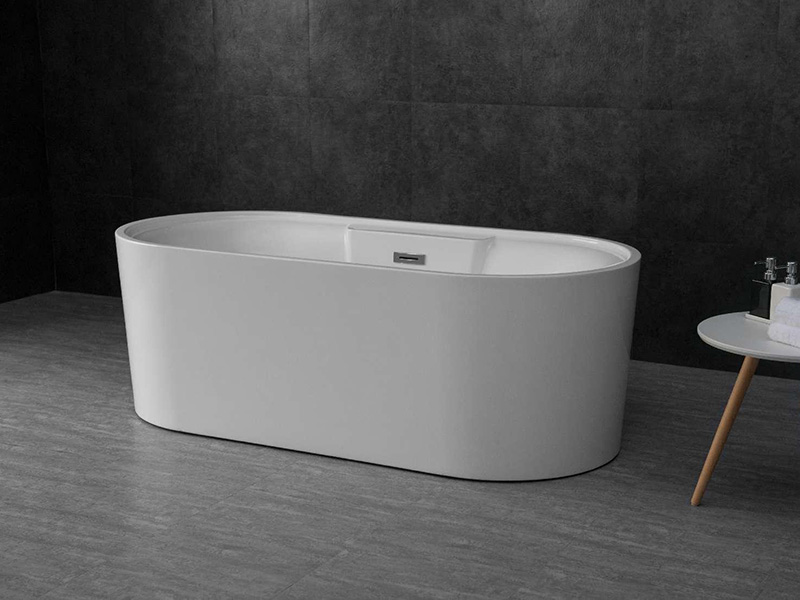Product Consultation
Your email address will not be published. Required fields are marked *
Freestanding bathtubs are popular for their aesthetic appeal and luxurious feel. Unlike built-in tubs, they stand independently in the bathroom, making them a focal point. Installing a freestanding bathtub requires careful planning, as improper installation can lead to leaks, instability, or structural damage. This article explores key considerations for a successful installation.
Before installation, it is crucial to assess the available space and ensure the bathtub fits comfortably within the bathroom layout.
Measure the bathroom area accurately to confirm that the freestanding bathtub fits without obstructing pathways or other fixtures. Consider additional clearance around the tub for cleaning and maintenance.
Decide on the optimal orientation based on plumbing access and aesthetic preference. The bathtub should complement the overall bathroom design while remaining functional.
Freestanding bathtubs, especially those made from cast iron or stone, are heavy and require a structurally sound floor.
Verify that the bathroom floor can support the weight of the bathtub filled with water and occupants. Reinforce the subfloor if necessary to prevent sagging or damage.
Ensure the bathtub sits level to avoid water pooling at one end. Adjustable feet or shims can be used to achieve a balanced installation.
Proper plumbing is critical for both drainage and water supply. Freestanding bathtubs often require flexible or exposed plumbing connections.
Check that the drain aligns with existing plumbing or plan for relocation. Use high-quality fittings and ensure a tight seal to prevent leaks.
Freestanding tubs may use floor-mounted or wall-mounted faucets. Ensure proper alignment with hot and cold water lines and verify water pressure before finalizing installation.
Safety should be a priority to prevent slips, falls, and long-term damage to the bathtub or bathroom floor.
Maintain enough space around the tub for easy entry, exit, and cleaning. Avoid positioning the tub too close to walls or other fixtures.
The material of the freestanding bathtub affects weight, durability, and installation requirements.
Protect the tub surface during installation using soft padding or covers to prevent scratches, dents, or discoloration.
Before completing the installation, consider these practical tips to ensure long-term functionality and appearance.
Fill the bathtub with water and check for any leaks in the drain or faucet connections. Address issues immediately before finishing the installation.
Ensure that faucets, hand showers, and other attachments are securely mounted and functioning properly. Tighten all fittings and check alignment.
Clean the bathtub thoroughly after installation to remove dust or debris. Follow manufacturer recommendations for ongoing maintenance to preserve the finish and structural integrity.
Installing a freestanding bathtub requires careful planning, proper floor support, precise plumbing connections, and attention to safety. By considering space, material, and functionality, homeowners can enjoy both the aesthetic appeal and practical benefits of a freestanding bathtub for many years. Following these precautions ensures a secure, durable, and visually pleasing installation.

Opening Shower Enclosure: Types, Design Choices, and Installation Tips
How to test the waterproof performance of a shower tray?
Your email address will not be published. Required fields are marked *

Keep up-to-date with what’s new at D-MAN
Keep up-to-date with what’s new at D-MAN
No.12 Fuziling Road, Nanling Economic Development Zone, Wuhu City
![]() Tel: +86 13967167585
Tel: +86 13967167585
![]() E-mail: [email protected]
E-mail: [email protected]
Copyright 2023 Anhui D-MAN Smart Home Co., Ltd. All Rights Reserved Shower Enclosures Manufacturers Shower Room Design Custom


 English
English Français
Français عربى
عربى